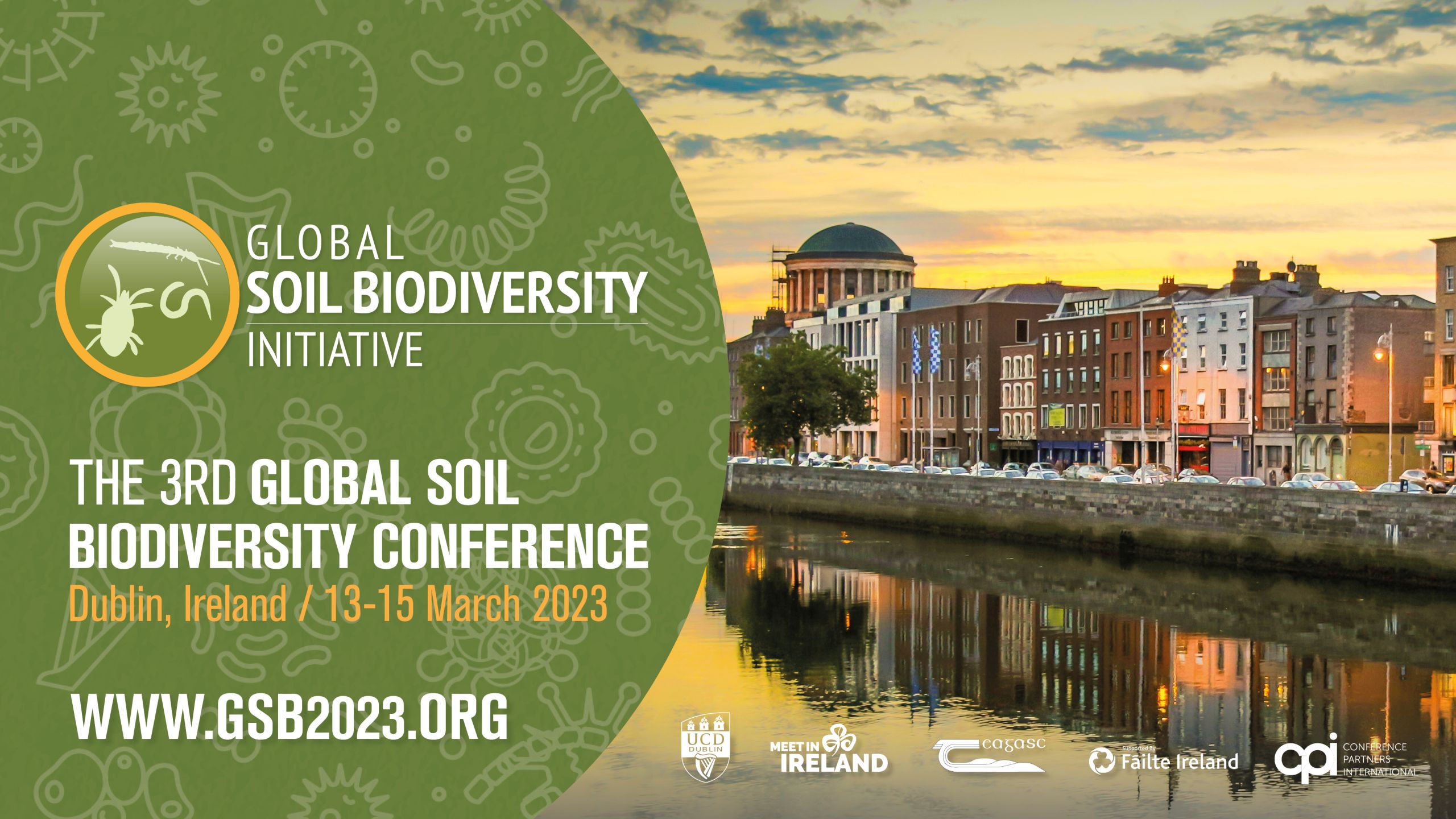
This post delves into the highlights of a significant workshop on March 14th during the 3rd Global Soil Biodiversity Conference in Dublin. The workshop brought together three sister projects—SoildiverAgro, EXCALIBUR, and SOILGUARD—funded under the EU Horizon 2020 Research & Innovation programme. Their collective efforts explored molecular and traditional methods to assess soil biodiversity. Let’s delve into the key takeaways and discussions from this engaging event.
Understanding Different Approaches: More than 50 participants eagerly attended the workshop’s first session, eager to gain insights into the diverse aims, outcomes, and methodologies employed by the three sister projects for soil biodiversity assessment. SoildiverAgro, led by David Fernández Calviño (UVigo), highlighted their objectives of adopting innovative management practices and cropping systems that enhance soil genetic and functional biodiversity. Meanwhile, Martin Hartmann (ETH Zurich), the work package leader of SOILGUARD, introduced their ambitious goal of developing a global standard framework for future assessments of soil biodiversity status. Finally, Stefano Mocali (CREA) presented the EXCALIBUR project’s focus on enhancing microbial biostimulants and biopesticides to stimulate native soil biodiversity for more sustainable agriculture practices.
Challenges of Harmonisation: Throughout the workshop, lively discussions ensued, especially regarding the complexities of harmonising seemingly straightforward tasks such as collecting, processing, shipping, and storing soil samples. Despite a general agreement on the feasibility of harmonisation, more consensus was sought among the audience. Global biodiversity initiatives like SoilBON emphasise simplified protocols for sample collection globally. However, aligning these approaches with scientific standards is crucial to ensure accurate comparisons across diverse biomes and sites. The participants acknowledged the criticality of initial sample collection and processing steps, which can significantly impact downstream analytical approaches and data processing pipelines. Effective communication, documentation, and universally understandable terminologies emerged as critical factors to facilitate fair comparisons of soil samples.
Balancing Applicability and Scientific Accuracy: Large-scale assessment initiatives across borders require a delicate balance between applicability and scientific accuracy when selecting analytical methods for assessing soil biodiversity. The inclusiveness of such initiatives may necessitate prioritising applicability, ensuring that diverse regions and ecosystems can participate. However, it is essential to establish reliable benchmarks for these methods, preferably through collaboration across multiple laboratories. These benchmarks will ensure the accuracy and credibility of soil biodiversity assessments, driving scientific advancements and informing future policies.
Shaping Future Policies: The workshop underscored the significant role played by these sister projects and initiatives in shaping future policies related to soil biodiversity. Discussions highlighted the need for thoughtful deliberation and a strong sense of responsibility when considering harmonisation and standardisation efforts. As these initiatives receive public funding, it becomes the scientific community’s responsibility to develop inclusive, well-developed, and benchmarked protocols that can seamlessly integrate with other initiatives. By taking these actions, we advance scientific knowledge and inform policies that protect and enhance soil biodiversity for a sustainable future.
The collaborative workshop organised by SoildiverAgro, EXCALIBUR, and SOILGUARD proved valuable for exchanging insights and fostering dialogue on molecular and traditional methods for assessing soil biodiversity. Despite the challenges of harmonisation, the workshop highlighted the importance of effective communication, documentation, and universally understandable terminologies. As we progress, striking the right balance between applicability and scientific accuracy while establishing reliable benchmarks will be critical. These initiatives and projects will undoubtedly shape future policies. Our responsibility as a scientific community is to ensure that our protocols are inclusive, well-developed, and benchmarked.
Together, we can pave the way for advancements in soil biodiversity assessment and sustainable practices that will benefit our planet and future generations. Stay tuned for more updates on soil biodiversity from SOILGUARD!

